
Search history
Clear allSearch by image
XDrag and drop an image here or upload an image
Max 5MB per image
UploadSign In | Join

Search history
Clear allSearch by image
XDrag and drop an image here or upload an image
Max 5MB per image
UploadSign In | Join
X Email Mobile
| Number | Unit-price | Total | |||
| I want to buy: | × | 25.5 | = | 0 |
A new item has been added to your Shopping Cart. You now have items in your Shopping Cart.
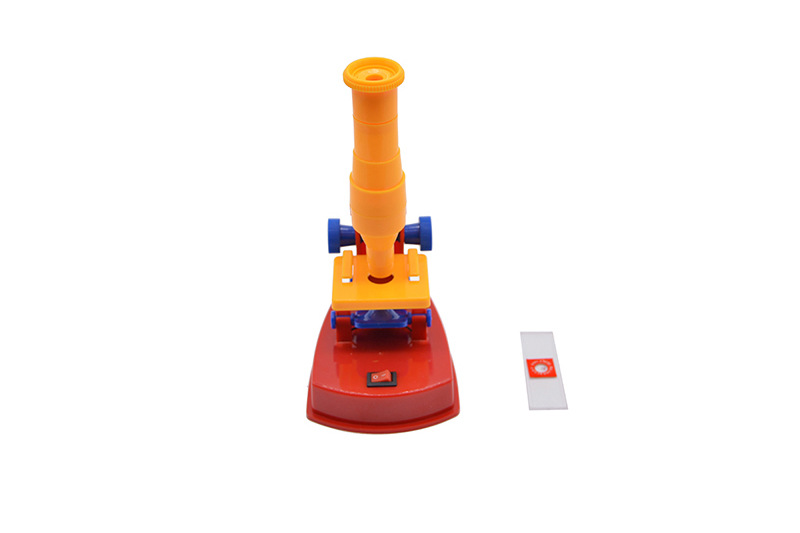
Home-made Microscope Course Presentation
The earliest microscope was made in the late 16th century in the Netherlands. The inventor was As Jensen, a Dutch spectacles merchant, or another Dutch scientist Hans Lippershey, who created a simple microscope using two lenses. However, they did not make any significant observations with these instruments.
Later, two people began to use the microscope in science. One was the Italian scientist Galileo. After observing an insect through a microscope, he described its compound eyes for the first time. The second was the Dutch linen merchant Antoni van Leeuwenhoek (1632-1723), who learned to grind lenses himself. He described many microscopic plants and animals that are invisible to the naked eye for the first time.
In 1931, Ernst Ruska developed the electron microscope, which revolutionized biology. This enabled scientists to observe objects as small as millionths of a millimeter. In 1986, he was awarded the Nobel Prize.
Experimental Purpose: knowMicroscope structure
An optical microscope consists of an eyepiece, objective lens, rough focusing screw, fine focusing screw, press-clip, illumination hole, diaphragm, converter, mirror, stage, arm, tube, base, condenser, and diaphragm.
Experiment Report:Dark-field microscopy does not illuminate the transparent sample directly, so when there is no object in the field of view, it is dark, and it is impossible to observe any objects. When there are objects, the light diffracted from the objects and scattered light can be seen clearly against a dark background. In dark-field observation, most of the illumination light is reflected, and due to the different positions, structures, and thicknesses of the objects (samples), the scattering and refraction of light have significant changes.
Expressing Knowledge:They are usually composed of optical parts, lighting parts, and mechanical parts. Undoubtedly, the optical part is the most critical, consisting of ocular lens" 或 "eye lensandobjective lensComposed. Prior to 1590, Dutch and Italian eyeglass makers had already created similar magnifying devices to microscopes. There are many types of optical microscopes, mainly including bright-field microscopes (common optical microscopes), dark-field microscopes, fluorescence microscopes, phase-contrast microscopes, laser scanning confocal microscopes, polarized light microscopes, differential interference contrast microscopes, inverted microscopes.
Baby Information
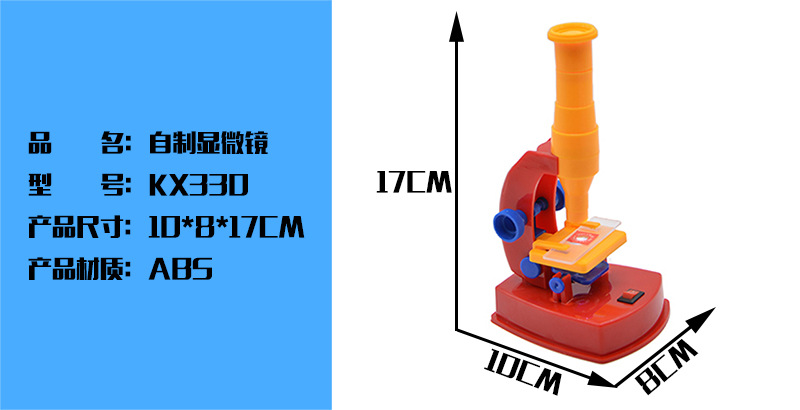
Baby Display


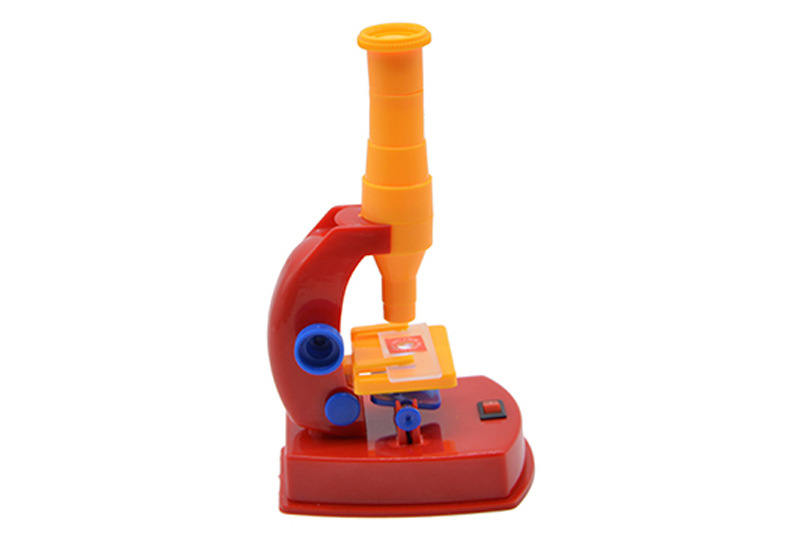
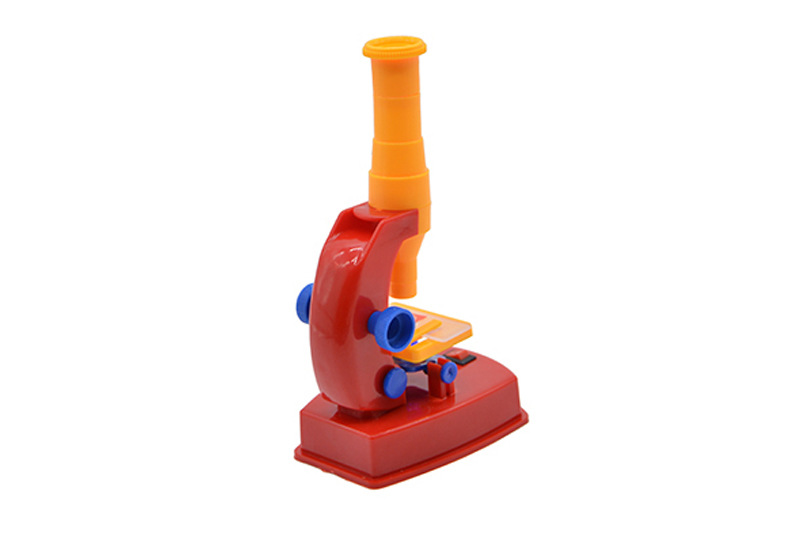

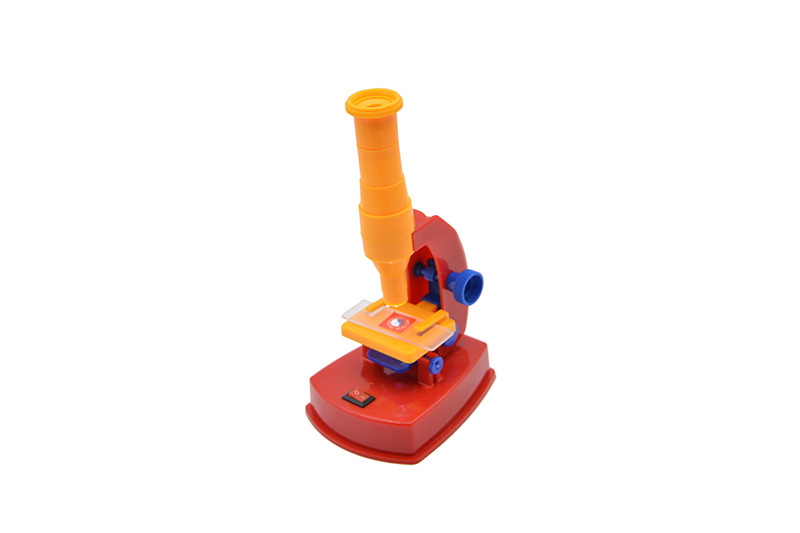
treasure details
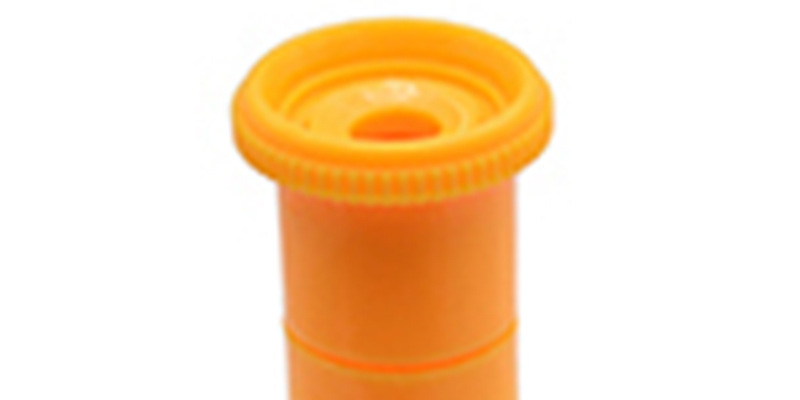
I'm just a divider line.

I'm just a divider line.

I'm just a divider line.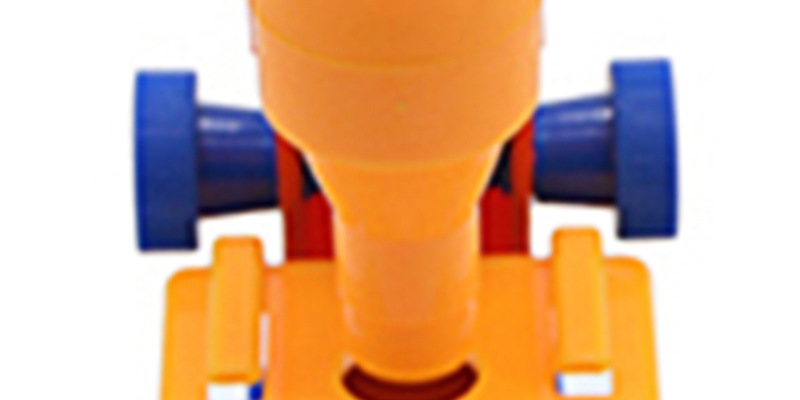
I'm just a divider line.
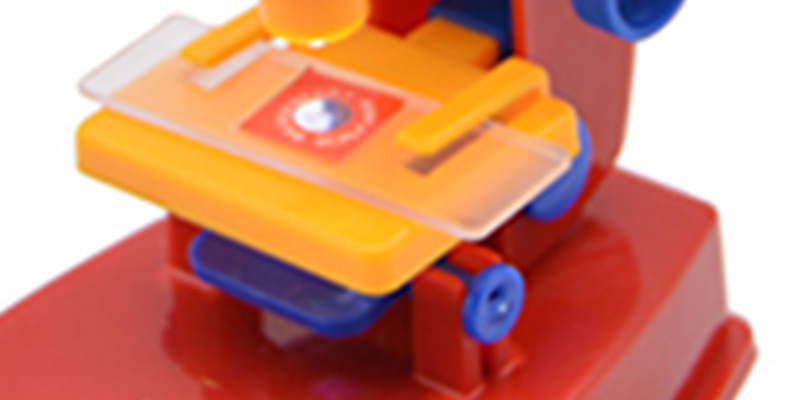
I'm just a divider line.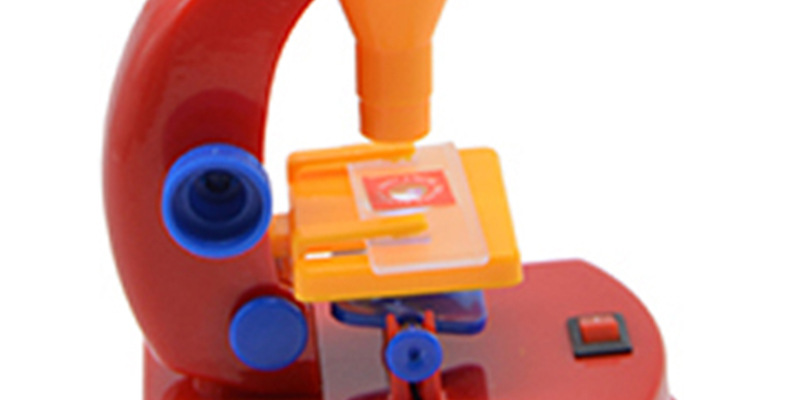
I'm just a divider line.
I'm just a divider line.

Model display
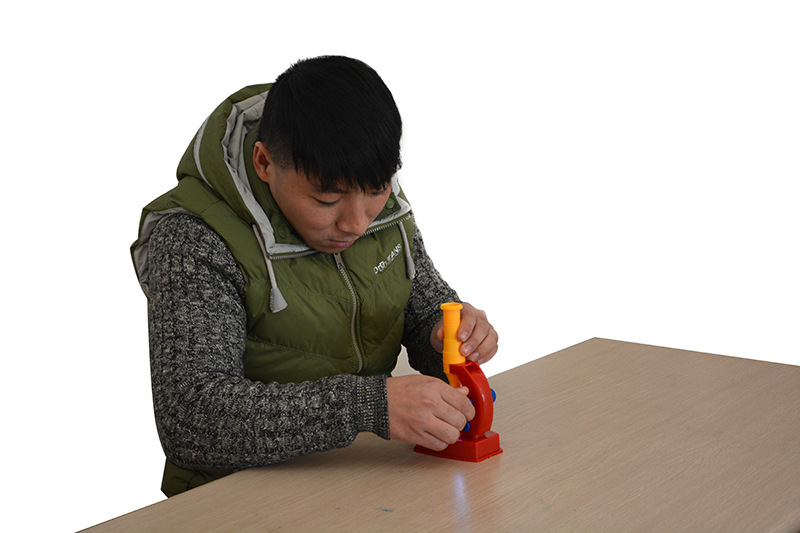


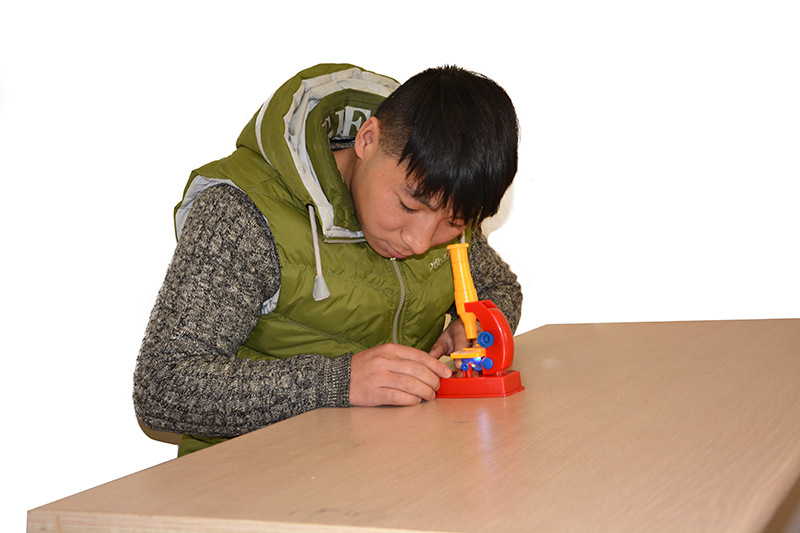
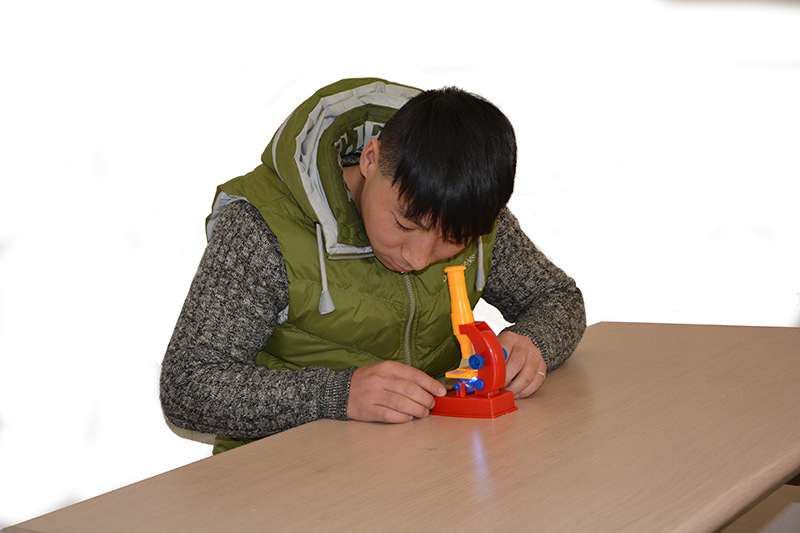
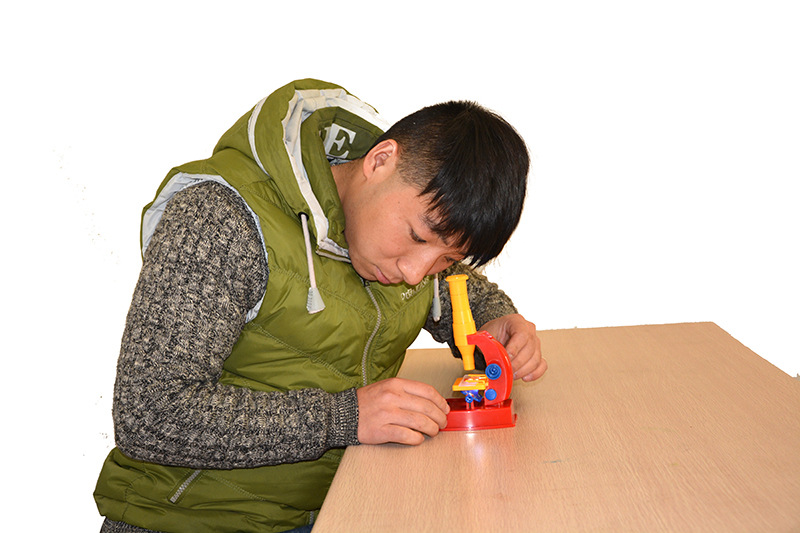
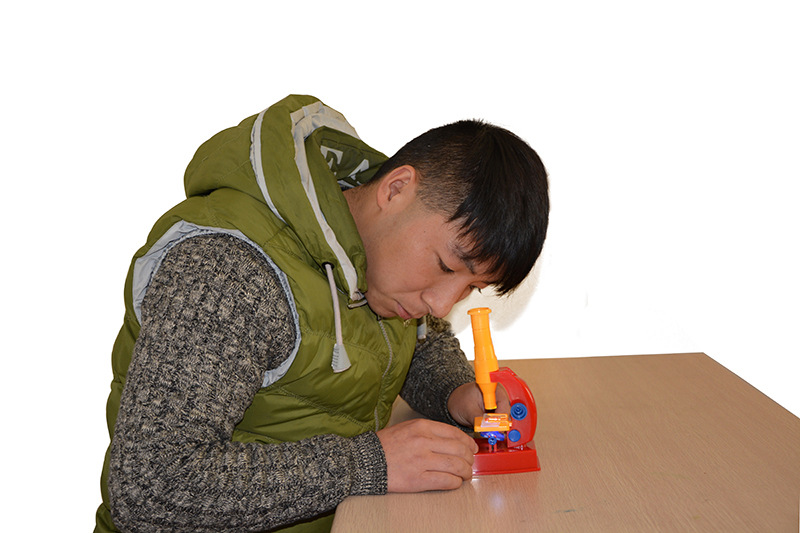

Baby Installation Instructions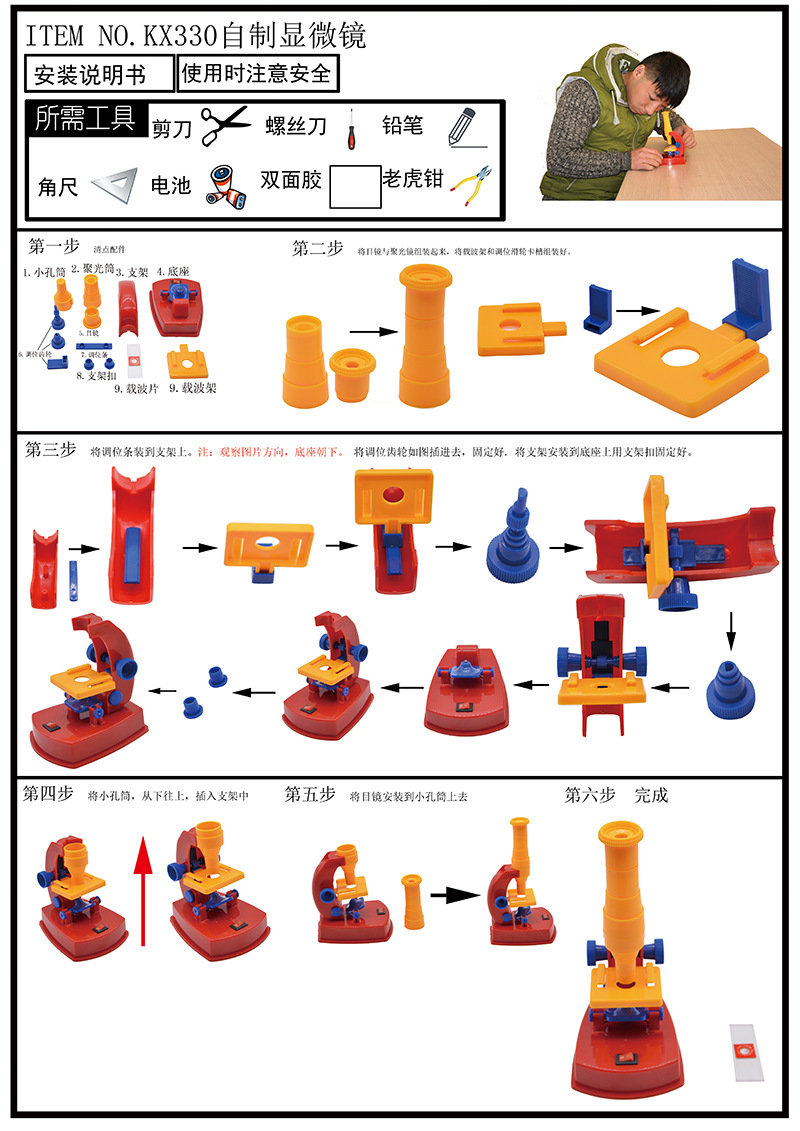
Update time:
TOP